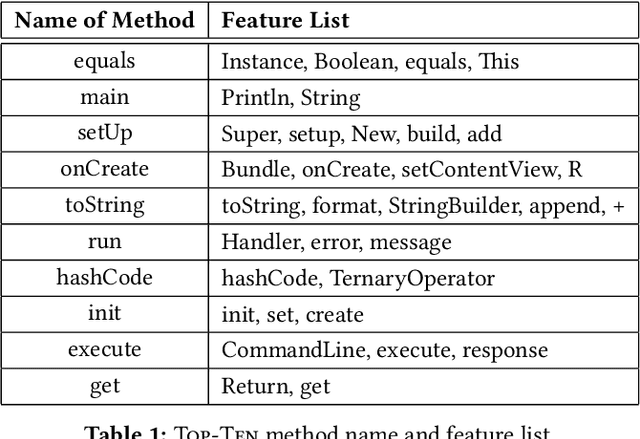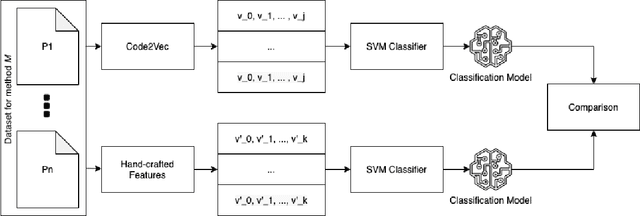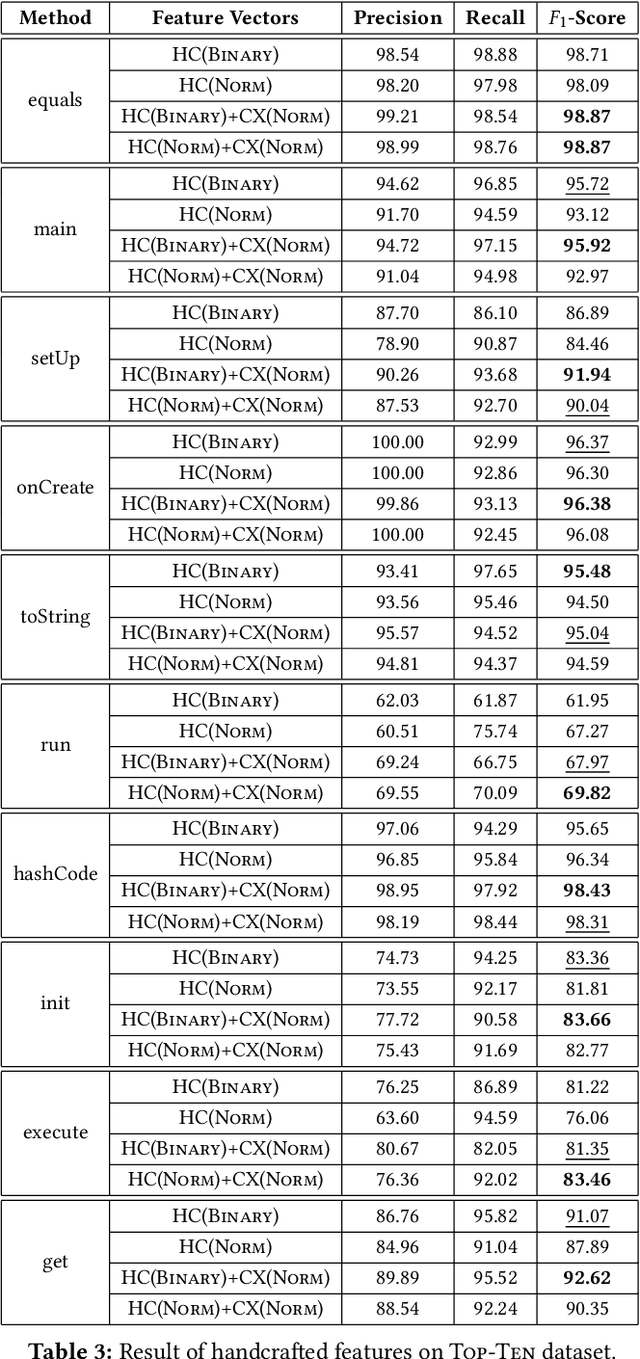Omprakash Gnawali
Deception Detection with Feature-Augmentation by soft Domain Transfer
May 01, 2023Abstract:In this era of information explosion, deceivers use different domains or mediums of information to exploit the users, such as News, Emails, and Tweets. Although numerous research has been done to detect deception in all these domains, information shortage in a new event necessitates these domains to associate with each other to battle deception. To form this association, we propose a feature augmentation method by harnessing the intermediate layer representation of neural models. Our approaches provide an improvement over the self-domain baseline models by up to 6.60%. We find Tweets to be the most helpful information provider for Fake News and Phishing Email detection, whereas News helps most in Tweet Rumor detection. Our analysis provides a useful insight for domain knowledge transfer which can help build a stronger deception detection system than the existing literature.
Towards Demystifying Dimensions of Source Code Embeddings
Sep 29, 2020



Abstract:Source code representations are key in applying machine learning techniques for processing and analyzing programs. A popular approach in representing source code is neural source code embeddings that represents programs with high-dimensional vectors computed by training deep neural networks on a large volume of programs. Although successful, there is little known about the contents of these vectors and their characteristics. In this paper, we present our preliminary results towards better understanding the contents of code2vec neural source code embeddings. In particular, in a small case study, we use the code2vec embeddings to create binary SVM classifiers and compare their performance with the handcrafted features. Our results suggest that the handcrafted features can perform very close to the highly-dimensional code2vec embeddings, and the information gains are more evenly distributed in the code2vec embeddings compared to the handcrafted features. We also find that the code2vec embeddings are more resilient to the removal of dimensions with low information gains than the handcrafted features. We hope our results serve a stepping stone toward principled analysis and evaluation of these code representations.
Newswire versus Social Media for Disaster Response and Recovery
Jun 25, 2019



Abstract:In a disaster situation, first responders need to quickly acquire situational awareness and prioritize response based on the need, resources available and impact. Can they do this based on digital media such as Twitter alone, or newswire alone, or some combination of the two? We examine this question in the context of the 2015 Nepal Earthquakes. Because newswire articles are longer, effective summaries can be helpful in saving time yet giving key content. We evaluate the effectiveness of several unsupervised summarization techniques in capturing key content. We propose a method to link tweets written by the public and newswire articles, so that we can compare their key characteristics: timeliness, whether tweets appear earlier than their corresponding news articles, and content. A novel idea is to view relevant tweets as a summary of the matching news article and evaluate these summaries. Whenever possible, we present both quantitative and qualitative evaluations. One of our main findings is that tweets and newswire articles provide complementary perspectives that form a holistic view of the disaster situation.
 Add to Chrome
Add to Chrome Add to Firefox
Add to Firefox Add to Edge
Add to Edge